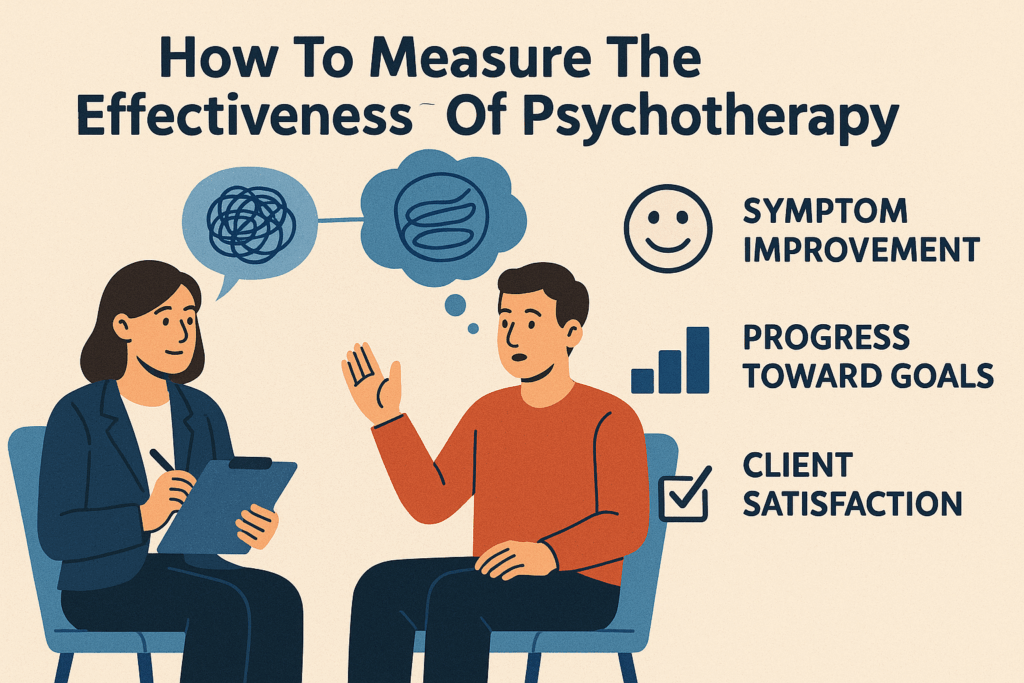This 4-minute video distills a process I use with clients to track and reflect on progress throughout our therapy sessions.
Amazingly, I have never had a client come to me on their first visit with all positive emotions. Most people seek therapy to change their emotional states and some to just to talk. This post is for the people that want to change their emotions. We all have an emotional palette of 5-7 emotions that affect our health and quality of life, shaping our personality.
To find out their emotional palette, I typically email instructions with the PDF attachment below about a week before our first appointment and a few days prior to follow-up appointments.
The purpose is fourfold:
- Understanding Emotional States: This allows me to know the client’s emotional states and track the progress we are making after the appointments.
- Increasing Emotional Awareness: It helps clients become more aware of their emotional world, which can be a real eye-opener for change.
- Tracking Progress: Both my clients and I now have a yardstick to see the progress or lack thereof after our sessions.
- Adjusting Therapeutic Processes: This allows me to either continue or change my therapeutic processes. Remember the saying about “doing the same thing over and over again and expecting different results”?
Example Email to Clients
“Please fill out the attached Emotional Checklist by selecting the 5-7 most common emotions you experienced during the past seven days.Be sure to evaluate a “typical” time period. That is, not during your vacation, after you have just started a new job, or just after a recent divorce or marriage. While emotions experienced during these situations are certainly revealing, we (you and I) want to know about those emotions that constitute the emotional themes of your life.
Remember to select emotions rather than behaviors. Please email me these 5-7 emotions you selected prior to our session.
Some clients like to print the list and make 6-7 copies. Every night they go over their day and circle the experienced emotions. At the end of the week, it is easier to notice their 5-7 most common emotions.
Thank you”
By using this method, we can create a clear and measurable way to assess the effectiveness of therapy, ensuring that both the therapist and client are aligned in their goals and progress.
Clint77090(at)Gmail.Com

